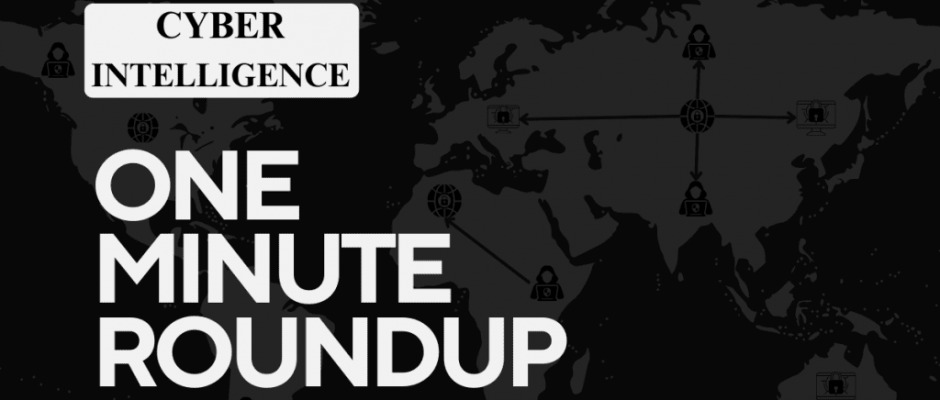DragonForce Ransomware Hits Saudi Firm, 6TB of Data Leaked – February 27th
A Riyadh-based real estate and construction company has fallen victim to a ransomware attack by DragonForce, resulting in the theft of 6TB of sensitive data.
The attackers initially set a February 27 ransom deadline, one day before the start of Ramadan, but upon non-compliance, published the stolen data on a dedicated leak site (DLS).
DragonForce operates as a Ransomware-as-a-Service (RaaS) group, equipping cybercriminals with attack tools in exchange for a share of ransom payments. Their leak platform also employs advanced CAPTCHA mechanisms to evade security firms.



